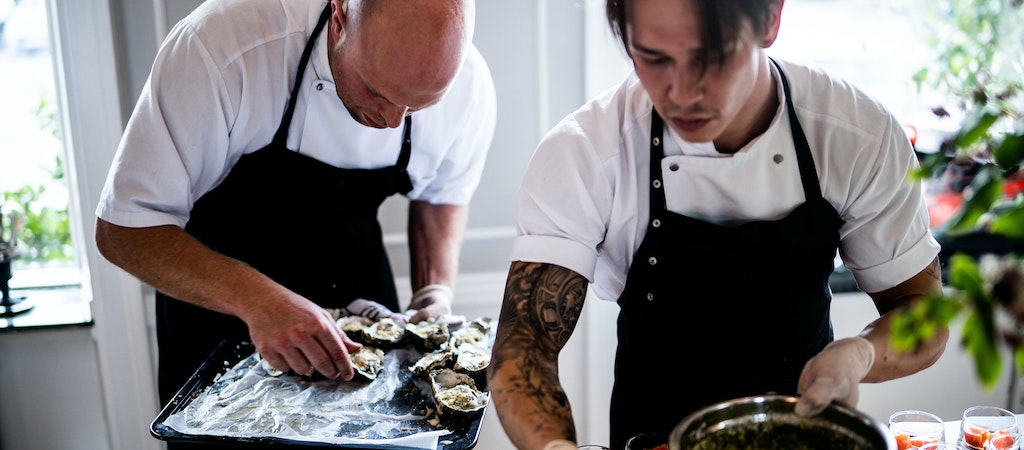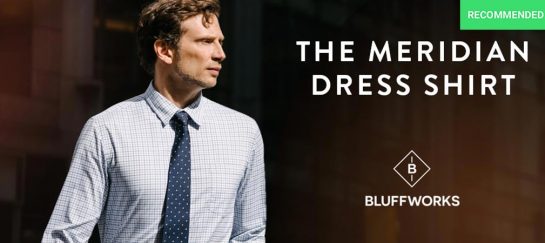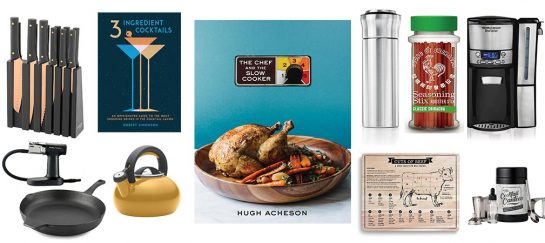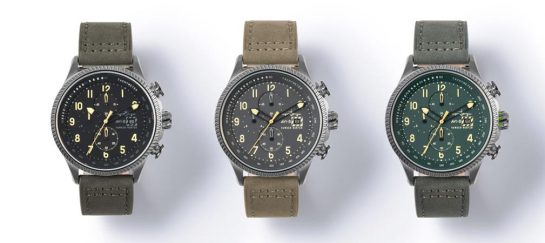
The Science of Fabric: Best Materials for Chef Coats
Every chef knows the significance of a good knife. Yet, in the daily hustle and bustle of a kitchen, another indispensable tool often goes overlooked – the humble chef’s coat. Ensuring comfort, safety, and style, the fabric of a chef coat plays a pivotal role. Let’s explore the science of these fabrics and uncover why certain materials rise above the risk for culinary professionals.
Breathability is Essential
A kitchen is the place where flavors come to life, but it’s also filled with heat, steam, and bustle. For chefs, staying cool isn’t just about comfort – it’s also important for safety. Here’s where the fabric’s breathability steps in.
• Cotton: This natural fiber is a favorite for many chefs. Cotton allows the skin to breathe and absorbs sweat, making it an ideal choice for those enduring hours in a heated kitchen environment.
• Blended fabrics: Often, you’ll find chef coats for women and men made from a blend of cotton and synthetic fibers. This combination aims to combine the breathability of cotton with the durability and wrinkle-resistance of synthetic materials.
Durability and Practicality
Kitchens can be intense environments, and the fabric you wear needs to stand up to the test. Spills, splatters, and frequent washings are the norm.
• Polyester: As a synthetic material, polyester brings durability to the table. It’s resistant to most chemicals, doesn’t wrinkle easily, and holds its shape well, making it a valuable ally to have in the kitchen.
• Canvas: For those who require a sturdier coat, canvas – a heavyweight woven fabric – offers excellent durability. Often used in aprons, its inclusion in chef coats ensures long-lasting wear.
Protection from Kitchen Hazards
Beyond comfort and durability, a chef coat’s primary purpose is protection. The kitchen presents a plethora of hazards, from sharp tools to hot splashes.
• Twill: A type of textile weave, twill is recognizable by its parallel diagonal ribs. This structure gives the fabric a unique blend of softness and strength, offering chefs both comfort and protection.
• Nomex and Kevlar: These synthetic fibers are relatively new entrants in the world of chef coats. Known for their fire-resistant properties, they provide an additional layer of safety in case of accidental fire hazards.
The Luxury Touch
While functionality is crucial, nobody said chef coats couldn’t be a little luxurious.
• Egyptian cotton: Renowned for its softness and lustrous quality, Egyptian cotton is often reserved for high-end chef coats. Its long fibers create a smoother and more durable fabric, ensuring both comfort and longevity.
Sustainability Matters
With the culinary world becoming more conscious of its environmental footprint, sustainable fabrics are gaining traction.
• Bamboo: A fast-growing plant, bamboo serves as an eco-friendly fabric choice. It’s naturally antibacterial, breathable, and wicks moisture away from the skin. Plus, its cultivation requires minimum pesticides, making it a win for both chefs and the planet.
The world of chef coats is huge, and the choices in fabric reflect the diverse needs and preferences of food professionals. Whether prioritizing breathability, protection, or even a touch of luxury, understanding the science of fabric can guide chefs to their perfect fit.
Daily Newsletter
Subscribe to Jebiga for a dose of the best in gear, design, rides, tech and adventure.






